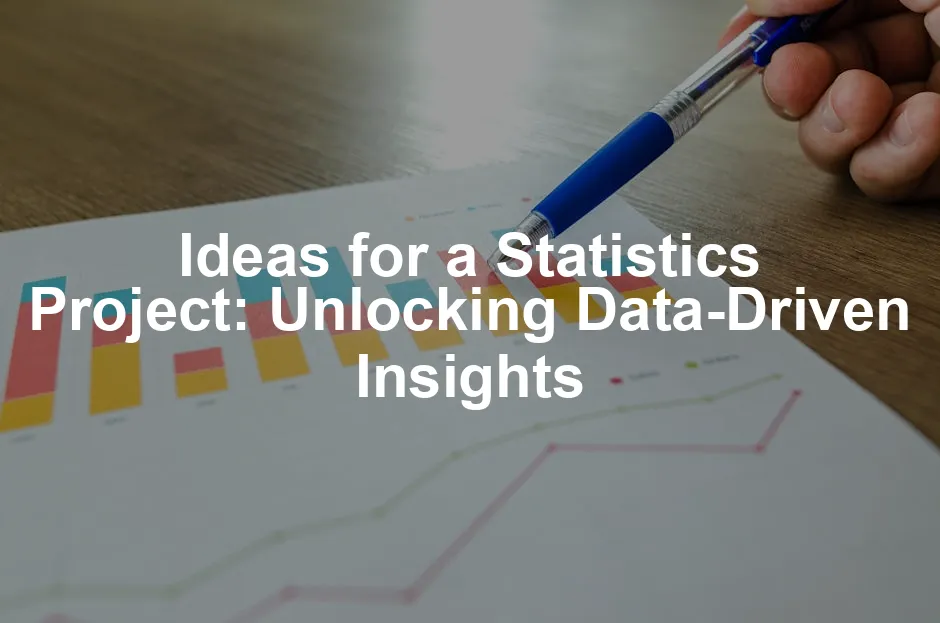Introduction
Statistics is the unsung hero of countless fields, from business to healthcare. It’s the backbone of informed decision-making. Picture this: a doctor uses statistics to determine the effectiveness of a new treatment. Meanwhile, a marketing team analyzes consumer data to tailor their campaigns. Schools leverage statistics to evaluate educational methods. In social sciences, statistics help us understand complex societal trends. The significance of statistics is undeniable; it transforms raw data into actionable insights.
Engaging in statistics projects is a brilliant way for students and professionals alike to hone analytical skills. These projects encourage critical thinking and problem-solving, essential traits in today’s data-driven world. Whether you’re a high school student or a seasoned professional, tackling a statistics project can enhance your understanding of data analysis.
This article aims to offer a comprehensive list of statistics project ideas, catering to various levels of expertise and interests. From straightforward projects suitable for beginners to more advanced analyses for seasoned statisticians, there’s something for everyone. Let’s jump into the exciting world of statistics and unlock the potential within data!

What is a Statistics Project?
A statistics project is an academic endeavor focused on answering specific research questions using statistical methods. These projects often require the application of various statistical techniques, such as regression analysis, hypothesis testing, and data visualization. A successful statistics project hinges on several key elements.
First, data collection is crucial. This may involve gathering data from existing sources or conducting surveys and experiments. Once data is collected, the next step is hypothesis formulation. This process involves proposing a research question or statement that the project aims to investigate.
Next, statistical analysis comes into play. This is where the magic happens! Using statistical tools, you analyze the data to uncover patterns, trends, or relationships. The final element is interpreting the results. This means translating the findings into understandable insights that address the original research question.
Selecting a relevant and interesting topic is vital. A well-chosen topic keeps you motivated and engaged throughout the project. It can be the difference between a mundane assignment and a thrilling exploration of data.
Statistics projects can cover various domains and themes. From studying consumer behavior to examining health trends, the possibilities are endless. So, whether you’re interested in economics, healthcare, or social sciences, there’s a statistics project waiting for you to tackle!
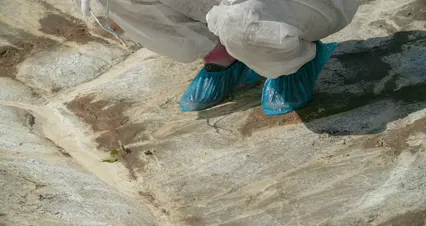
How to Choose the Right Topic for Your Statistics Project
Choosing the right topic for your statistics project can feel overwhelming, but it doesn’t have to be! Here’s a step-by-step guide to help you select the ideal statistics project topic.
1. Conduct Preliminary Research: Start by identifying areas of interest. Browse through articles, journals, or online resources to see what sparks your curiosity.
2. Develop a Thesis: Once you’ve pinpointed your interests, establish a clear research question or hypothesis. This will guide your project and keep you focused.
3. Consider Data Availability: Ensure that you have access to reliable data sources. The last thing you want is to fall in love with a topic only to find that data is scarce or non-existent.
4. Seek Feedback: Discuss potential topics with peers or mentors. They can offer insights or suggest angles you may not have considered.
5. Refine Your Focus: Narrow down broad topics to specific, manageable ideas. A focused topic is easier to tackle and allows for a deeper analysis.
For example, if you’re interested in health, instead of a broad topic like “Nutrition,” you might refine it to “The Impact of Healthy Eating on Student Performance.” This specific angle makes your research more manageable and relevant.
By following these steps, you’ll be well on your way to selecting a compelling topic that aligns with your interests and goals. Happy topic hunting!

80+ Unique Ideas and Topics for Your Statistics Projects
Must-Know Topics for Statistics Projects
Statistics projects are not just about crunching numbers. They can reveal fascinating insights about our lives! Here are some must-know topics that can spark your interest.
- Analyze Social Media’s Impact on Academic Performance: Ever wondered if scrolling through memes affects grades? Dive into data to see how time spent online correlates with academic success. Look at different platforms, and you might find surprising trends!
- Study the Relationship Between Sleep Patterns and Student Grades: Is there a connection between those late-night Netflix binges and your GPA? Gather sleep data and academic records to uncover the truth. Sleep may not be for the weak; it could be essential for scholars!
- Evaluate the Effect of Exercise on Mental Health: Can a good workout boost your mood? Use surveys and health statistics to analyze how physical activity impacts mental well-being. Spoiler alert: endorphins are your friends!

These topics not only engage with current trends but also provide a platform for impactful research. To dive deeper into how to effectively analyze your findings, consider grabbing a copy of Statistics for Business and Economics by Paul Newbold. It’s a great resource to help you understand the statistical methods you can apply to your projects!
For a deeper understanding of how to analyze the impact of various factors on academic performance, check out this statistics projects stat medic resource.

Top Statistics Project Ideas
Ready to tackle some exciting statistics projects? Here are some top ideas that promise to deliver engaging results.
- Investigate Consumer Behavior Related to Online Advertising: With ads everywhere, it’s time to explore their effectiveness. Analyze data on click-through rates and conversion rates. This project could reveal what grabs consumer attention! You might want to check out The Art of Statistics: Learning from Data by David Spiegelhalter for insights on data interpretation!
- Examine the Effectiveness of Different Teaching Methods on Student Outcomes: Are traditional lectures still the best? Compare student performance across various teaching styles. This could help shape future educational practices!
- Analyze the Correlation Between Socio-Economic Factors and Health Outcomes: Health isn’t just about diet and exercise; socio-economic status plays a role too! Dive into data from health surveys to explore this connection. Your findings could influence community health initiatives!

These ideas will not only enhance your analytical skills but also contribute valuable insights to your field of study. For an excellent resource on understanding statistical principles, consider How to Lie with Statistics by Darrell Huff. It’s a classic that teaches you how to critically analyze statistics!

Statistics Project Topics for University Students
University life is a perfect time to tackle intriguing statistics projects. Here are some tailored topics to consider.
- Perform a Statistical Analysis of Road Accidents in Urban Areas: With increasing traffic, understanding road safety is crucial. Use accident data to identify patterns and propose safety measures. Your research might save lives!
- Explore Trends in College Major Preferences Among Students: What drives students to choose one major over another? Collect data on enrollment trends and analyze what factors influence these decisions. This could provide insights for universities to guide prospective students.
- Study the Impact of Remote Learning on Student Performance: The rise of online classes has changed education forever. Analyze grades and engagement metrics to see how remote learning affects academic success. Your findings could shape the future of education!

These topics are not only relevant but also impactful, providing a chance to influence future policies and practices. For more advanced statistical methods, consider diving into The Elements of Statistical Learning: Data Mining, Inference, and Prediction by Trevor Hastie. It’s a fantastic resource for those who want to delve deeper into statistical learning!
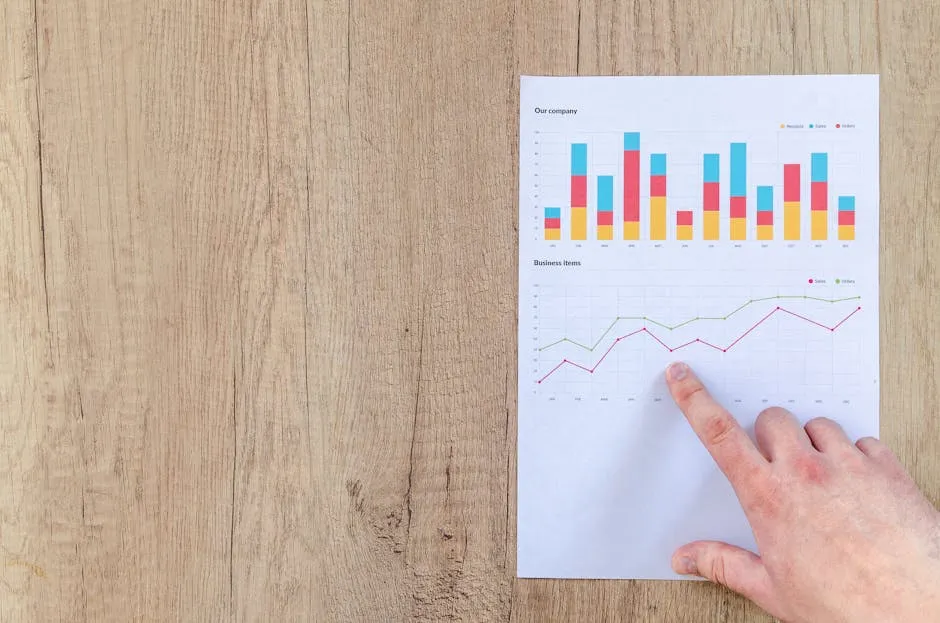
Project Topics in Statistics on Socio-economics
Statistics offer a powerful lens to examine socio-economic issues. Here are three compelling project ideas that delve into the intricate relationships between economic factors and social outcomes.
- Research the Relationship Between Income Inequality and Educational Attainment: Income inequality can significantly affect educational opportunities. This project involves collecting data on income levels across various demographics. Analyze how these levels correlate with educational attainment. You might discover that lower-income households face barriers to quality education. It’s fascinating to visualize the educational disparities through statistical models. Consider using regression analysis to demonstrate the impact of income on graduation rates or standardized test scores.
- Analyze Data on Immigration and Its Effects on Local Economies: Immigration is a hot topic that influences local economies. For this project, gather data on immigration rates and economic indicators like employment rates or average income in specific areas. Analyze how the influx of immigrants has shaped labor markets and local businesses. Use statistical tools to assess whether immigrant populations contribute positively to economic growth. This can highlight the complexities of immigration and its socio-economic implications.
- Investigate the Impact of Public Health Spending on Population Health Metrics: Public health spending often correlates with improved health outcomes. This project can focus on data from regions with varying health budgets. Compare health metrics, such as life expectancy or disease prevalence, with the amount spent on healthcare. Statistical analysis can reveal trends that indicate how funding affects overall health. You might find that increased spending leads to better health outcomes, but the relationship can be nuanced. Consider using time-series analysis to track changes over time.
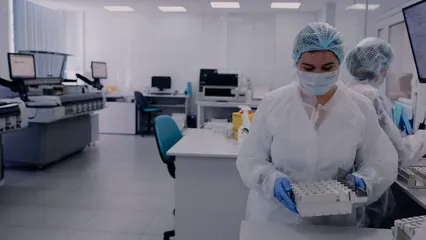
These project ideas not only engage with critical societal issues but also offer a chance to apply statistical methods for meaningful insights. To further enhance your understanding of data analysis, consider checking out Naked Statistics: Stripping the Dread from the Data by Charles Wheelan. It’s a great read for anyone looking to demystify statistics!

AP Statistics Topics for Project
Advanced Placement (AP) Statistics students can benefit from projects that challenge their analytical skills. Here are three projects tailored for high school students.
- Analyze the Effectiveness of School Programs on Student Attendance: School programs aim to enhance student engagement and attendance. For this project, gather attendance records before and after the implementation of specific programs. Use statistical tests to determine if there’s a significant change in attendance rates. You could employ a paired t-test to compare the two sets of data. This analysis can provide valuable insights into the effectiveness of educational interventions.
- Study the Probability of Success in College Based on High School GPA: High school GPA often serves as a predictor of college success. Collect data on students’ GPAs and their subsequent performance in college. Analyze the correlation between high school GPA and college grades. You might use logistic regression to assess the probability of success in different majors based on GPA. This project could yield fascinating insights into the predictive power of academic performance.
- Evaluate the Impact of Extracurricular Activities on Academic Success: Extracurricular activities are believed to enhance students’ skills and academic performance. For this project, survey students about their participation in clubs or sports, alongside their GPA. Statistical analysis can reveal whether there’s a significant correlation between extracurricular involvement and academic success. You could utilize correlation coefficients to quantify the strength of this relationship, providing a clear picture of the benefits of well-rounded education.
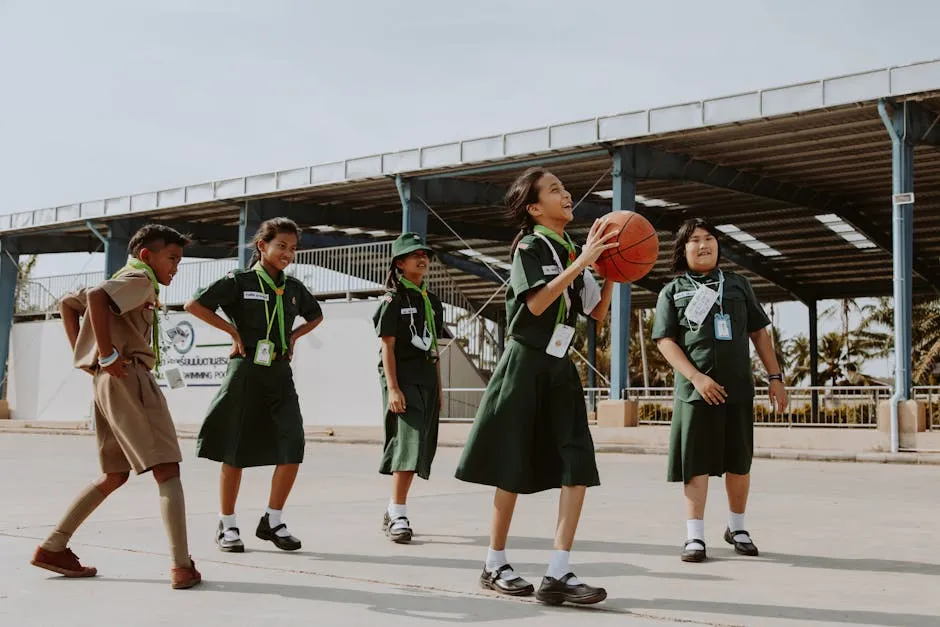
These projects encourage AP Statistics students to apply their knowledge while exploring engaging and relevant topics. To gain more insights into statistical methods, consider looking into Statistics: A Very Short Introduction by David J. Hand. This book provides concise explanations of key statistical concepts!

Statistics Final Project Idea Examples
Final projects in statistics provide an opportunity for deep exploration of meaningful data. Here are three examples that can inspire your research.
- Conduct a Longitudinal Study of Crime Rates Over the Past Decade: Crime rates fluctuate over time, influenced by various factors. For this project, gather crime data from the past ten years. Analyze trends in different types of crime across various regions. You might use time series analysis to visualize changes and identify patterns. Consider factors like socio-economic conditions or law enforcement strategies that could impact crime rates. This could provide a comprehensive view of public safety over time.
- Analyze the Effects of the COVID-19 Pandemic on Mental Health Statistics: The COVID-19 pandemic has had profound impacts on mental health. This project involves gathering data from surveys conducted during and after the pandemic. Analyze changes in mental health indicators, such as anxiety or depression rates. Use statistical methods to compare pre- and post-pandemic data. This analysis can reveal the pandemic’s long-term effects on mental well-being, highlighting the importance of mental health resources.
- Explore the Relationship Between Environmental Policies and Pollution Levels: Environmental policies play a crucial role in managing pollution. For this project, collect data on pollution levels before and after the implementation of specific policies. Use statistical tools to assess the effectiveness of these policies in reducing pollution. You might consider utilizing linear regression to model the relationship between policy changes and pollution levels. This project can offer valuable insights into the effectiveness of environmental legislation.
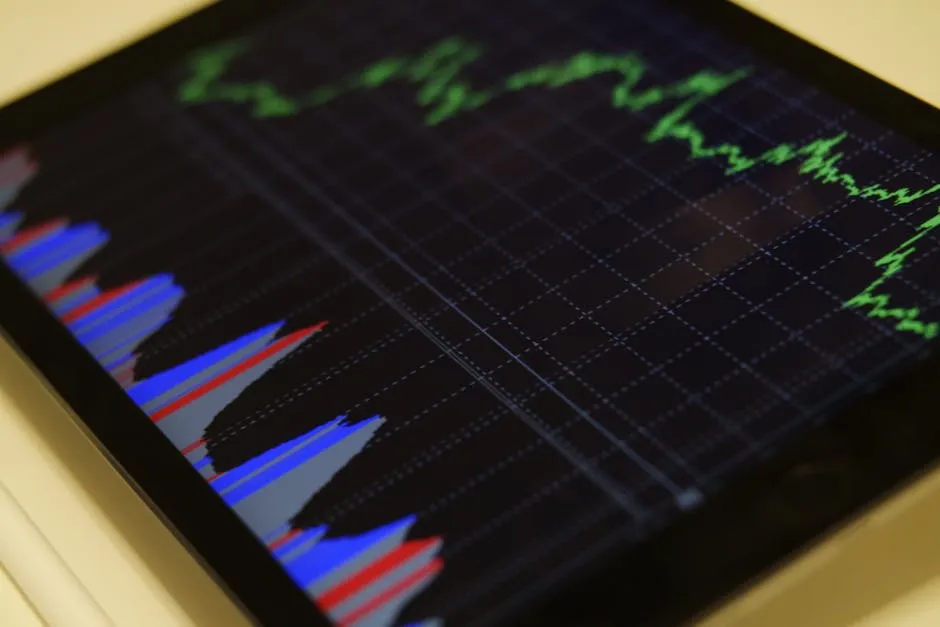
Each of these projects encourages critical thinking while providing opportunities for impactful analysis. For more ideas on data analysis, check out Practical Statistics for Data Scientists: 50 Essential Concepts by Peter Bruce. It’s a valuable guide for applying statistical techniques!

Statistics Projects for High School Students
High school is the perfect time to dive into statistics projects. They can be fun, informative, and sometimes eye-opening. Here are some engaging project ideas that will keep students on their toes while learning valuable skills.
- Survey Student Opinions on the Use of Technology in Education: What do students really think about technology in their classrooms? This project can involve creating a survey to gather opinions on devices, software, and online learning experiences. Students can analyze their findings to determine trends, preferences, and the overall impact of technology on learning. After all, technology can either be a helpful sidekick or a distractive villain!
- Analyze Local Traffic Patterns and Their Impact on Community Safety: Traffic issues are a common concern. Students can collect data on traffic patterns during peak hours, accidents, and road usage. By analyzing this data, they can identify high-risk areas and suggest possible solutions. Whether it’s proposing new traffic lights or speed bumps, this project can help students learn about data collection, analysis, and community engagement. Plus, who wouldn’t want to play traffic detective for a day?
- Investigate the Correlation Between Diet and Academic Performance: Can what we eat affect how we perform in school? This project allows students to explore the relationship between dietary habits and academic success. They can collect data on students’ eating habits and academic records. Analyzing this data might reveal interesting patterns that could help improve study habits and nutrition. The results could lead to a healthy school lunch revolution!
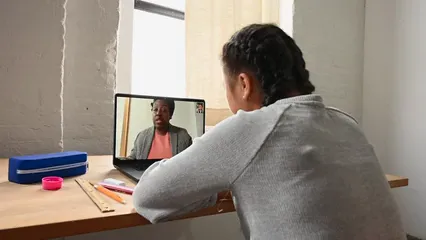
These projects not only enhance statistical skills but also encourage students to engage with their communities. They can spark discussions and foster a deeper understanding of the world around them. After all, statistics is all about making sense of the numbers in our lives! To broaden your statistical knowledge, consider checking out Statistics Made Easy by Anthony J. R. D. D. W. Smith. It’s a fun read that simplifies the concepts!
Statistical Survey Topics
Surveys are a fantastic way to gather data and insights. Here are some compelling survey topics that can lead to engaging statistics projects.
- Conduct a Survey on Community Attitudes Towards Public Safety Measures: What do people think about safety initiatives in their neighborhoods? Students can design a survey to capture community opinions on local law enforcement, neighborhood watch programs, and safety resources. Analyzing the results can reveal perceptions of safety and trust in law enforcement. This project can empower students to voice their communities’ concerns!
- Analyze Consumer Preferences in the Fast Food Industry: Fast food is a staple in many diets. Students can collect data through surveys about consumers’ favorite fast food chains, meal choices, and factors influencing their decisions. Analyzing this data can uncover trends in eating habits, pricing, and marketing effectiveness. This insight can help fast food places better understand what their customers crave, and who knows, it might even inspire a new menu item!
- Explore Public Opinion on Environmental Conservation Efforts: How passionate are people about saving the planet? This survey can gauge community attitudes towards recycling programs, conservation initiatives, and climate change awareness. By analyzing the results, students can identify gaps in knowledge and engagement. This project not only raises awareness but also encourages students to think critically about environmental issues.

These survey topics are not only relevant but also provide students with opportunities to connect with their peers and communities. By analyzing the data, they can develop insights that contribute to important discussions. For a deeper dive into data analysis techniques, consider picking up The Data Science Handbook: A Comprehensive Guide to Data Science by Jake VanderPlas. It’s a great resource for understanding data analysis techniques!
Statistics Project Ideas for Business Students
Business students can apply statistical analysis to real-world scenarios. Here are some project ideas that can illuminate the role of statistics in business decision-making.
- Study the Impact of Social Media Marketing on Sales Growth: Social media is a powerful tool for businesses. Students can analyze data from a specific company to determine how social media campaigns affect sales. Collecting metrics like engagement rates, click-through rates, and sales figures will allow for a comprehensive analysis. This project can help students understand how to leverage data for business success!
- Analyze Customer Satisfaction Levels in Retail Environments: Customer satisfaction is key to a successful business. Students can conduct surveys in local retail stores, asking customers about their shopping experiences. Analyzing this data can reveal trends in customer preferences, areas for improvement, and the overall shopping mood. This project can provide valuable insights for businesses looking to enhance customer experience.
- Investigate the Role of Data Analytics in Improving Business Operations: Data analytics is transforming how businesses operate. Students can explore how data analytics optimizes processes, reduces costs, or enhances decision-making. By analyzing case studies or interviewing local businesses, they can uncover how data-driven strategies improve efficiency. This project can inspire students to think about the future of business in a data-centric world.
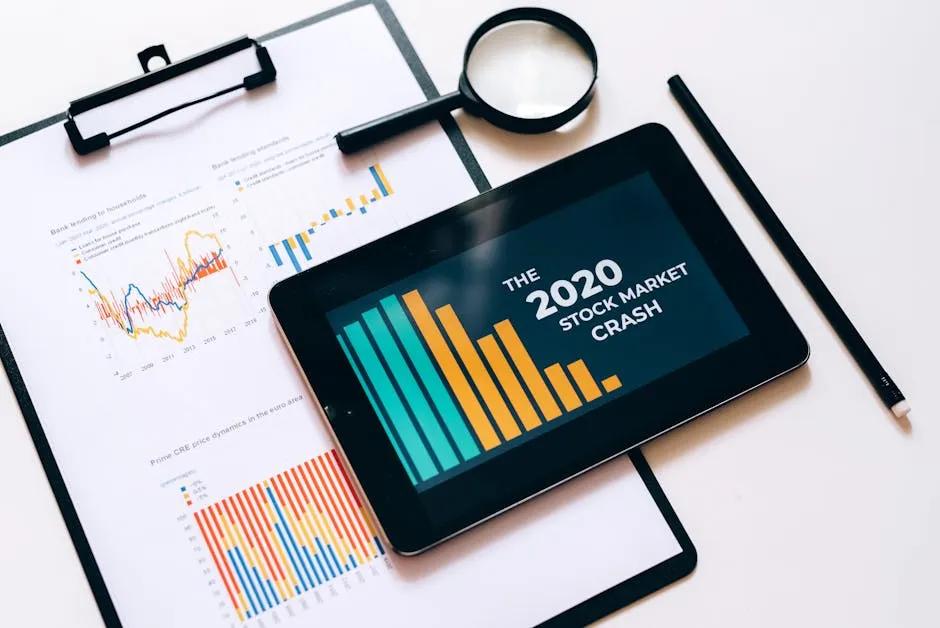
These project ideas encourage students to apply their statistical skills in practical business contexts. They can help cultivate analytical thinking and prepare them for future careers in business. For additional insights on business statistics, consider referring to The Complete Guide to Business Statistics by David C. Goss. It’s a fantastic resource for understanding business applications of statistics!
Fun and Easy Statistics Project Ideas
Statistics projects can be both entertaining and educational! Here are some delightful ideas to spark your creativity.
- Analyze Favorite TV Shows Among Classmates and Correlate with Academic Performance: Picture this: you and your classmates gather to discuss your favorite TV shows. Are you more of a “Game of Thrones” fan or a “Friends” loyalist? Once you’ve collected the data, it’s time to crunch the numbers! Explore if there’s a correlation between show preferences and academic performance. Does binge-watching affect grades? You might discover that while some students excel after a night of “Stranger Things,” others might find themselves facing a “Breaking Bad” situation in class! This project will help you practice survey design, data collection, and statistical analysis.
- Conduct a Survey on Students’ Daily Screen Time and Its Effects on Health: Let’s face it: screens are everywhere! From smartphones to laptops, students spend countless hours glued to their devices. Why not turn this into a project? Create a fun survey to find out how much time your classmates spend on screens daily. You can ask about their physical and mental health, sleep patterns, and mood. Analyze the responses and look for trends! Are video game enthusiasts more likely to report fatigue? Do social media addicts experience anxiety? This project will provide valuable insights into the relationship between screen time and health, all while engaging your peers in an important conversation.
- Explore Trends in Music Preferences Among Different Demographics: Music is the universal language, but do our preferences vary by age, gender, or culture? This project invites you to dive into the world of tunes! Survey your classmates about their favorite music genres, artists, and listening habits. You can compare results based on demographics. Do younger students prefer pop while older ones lean towards classic rock? Maybe you’ll find that hip-hop reigns supreme across all groups! Present your findings creatively—charts, graphs, and even playlists! This project not only sharpens your analytical skills but also celebrates the diversity of musical tastes.

These fun and easy statistics project ideas not only engage students but also provide a fantastic opportunity to apply statistical methods to real-world scenarios. Dive into the data and let your creativity flow! To further enhance your understanding of statistics, consider exploring Fun with Statistics: A Book of Puzzles by R. L. W. H. A. R. M. E. V. A. S. E. B. C. A. S. H. E. A. R. B. J. O. H. N. C. H. I. M. W. A. L. S. O. N. B. A. T. S. M. A. R. E. E. S. H. E. A. N. A. R. E. A. N. D. A. N. D. A. L. E. A. M.. It’s a fun way to explore statistics!
Conclusion
Statistics projects are more than just assignments; they’re gateways to understanding the world around us. Whether analyzing TV show preferences or exploring music trends, these projects allow you to apply statistical methods in meaningful ways. Remember, the right topic can keep you engaged and excited throughout your research.
As you embark on your statistical journey, don’t hesitate to explore your interests. Find a topic that captivates you and use your analytical skills to uncover insights. Bookmark this article for future reference, and feel free to share it with peers who might find these ideas helpful. The world of statistics is waiting for you—happy researching! And if you’re ever in doubt about the basics of statistics, consider picking up Statistics for Dummies by Deborah J. Rumsey. It’s a great resource for beginners!
FAQs
What is a good statistics project topic?
Examples include analyzing social media’s effect on mental health or studying the correlation between exercise and academic performance.
How do I choose a project topic?
Consider your interests, data availability, and discuss potential ideas with mentors or peers.
What are some common statistical methods used in projects?
Common methods include regression analysis, hypothesis testing, and descriptive statistics.
Can I combine different areas in my statistics project?
Absolutely! Interdisciplinary projects can often yield more interesting insights.
Please let us know what you think about our content by leaving a comment down below!
Thank you for reading till here 🙂
All images from Pexels

